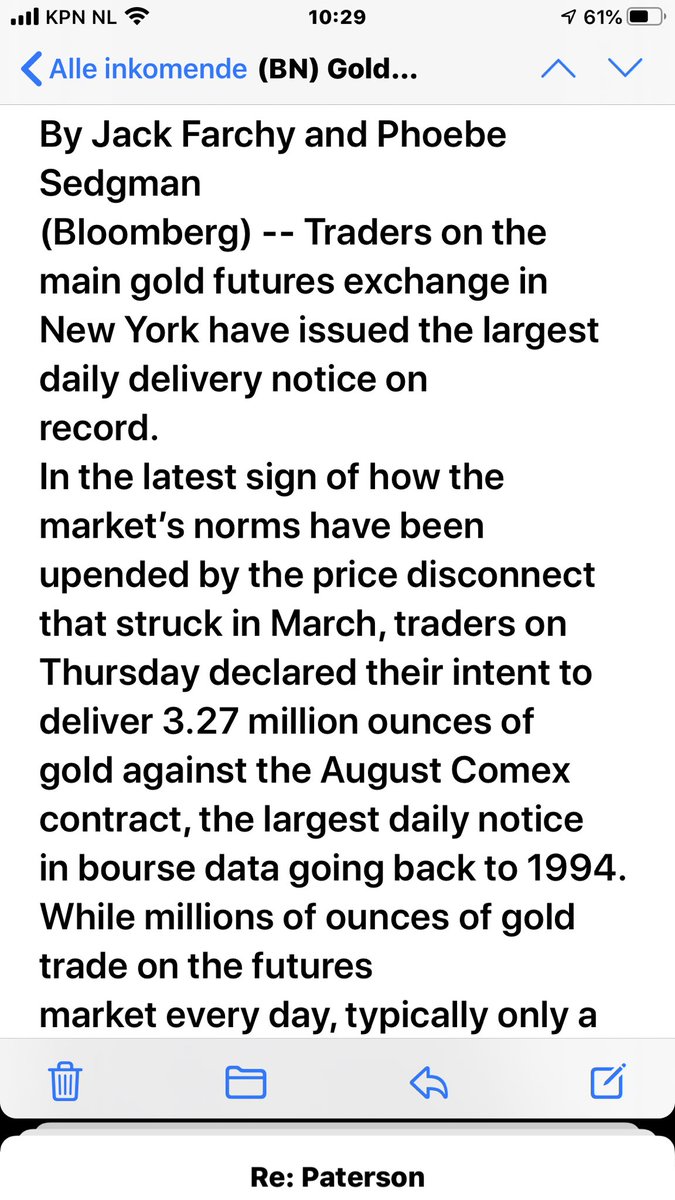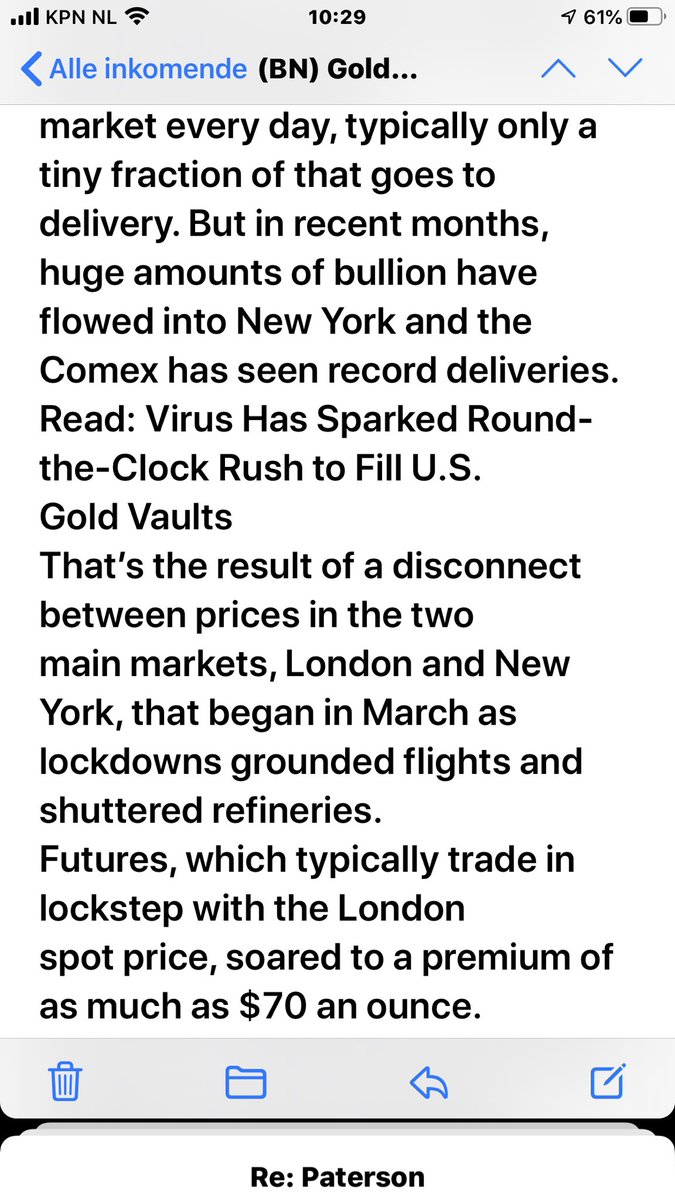Today I will share the core of #TBRchapter2 – Central Bankers, The Alchemists of our Time
Fiat money in extremis is accepted by nobody. Gold is always
accepted.
– Alan Greenspan, former Chairman of the Federal Reserve
(1999)
#TBRchapter2
issue of their currency, first by inflation, then by deflation, the
banks/corporations which grow up around them will
deprive the people of all property until their children wake up
homeless
– Thomas Jefferson
#TBRchapter2
‘lawful means of payment’.
banking business and dynasty, becoming one of the most powerful families in the 19th century. In return for financing royal empires, several family members were even elevated to nobility in Austria and the United Kingdom.
intimate relationship developed between governments and
bankers and led to the establishment of the first central banks. Increasingly, bankers were given the right to print money in exchange for their financial support.
operators of the financial architecture they have been building
for over 400 years. Over the years, bankers have learned that
citizens could always be taxed by governments to pay back the banks.
into trouble because the economy cannot function without them. #TBRChapter2
of London who would generate the starting capital. He was
also supported by Charles Montagu, one of the most important officials within the Ministry of Finance.
a new era. Fiscal deficits by governments could be financed by means of selling (perpetual) bonds. We could in fact say that the current financial system of bond financings started more than three hundred years ago.
economists Carmen M. Reinhart and Kenneth S. Rogofff warns of the real likelihood of national debt crises..
be part of the Big Reset. In 2012, Bill Gross, founder of the largest bond investor house Pimco, advised investors to start buying ‘hard assets’ instead of paper assets such as government bonds.
mindsets. While the first are often academics and enjoy
their position of power, private bankers are the real deal and
moneymakers. As we have seen in the past, some will even sell their country for money.
The hand that gives is above the hand that takes. Money has
no motherland, financiers are without patriotism and without
decency; their sole object is gain.
to be lap dogs for private bankers instead of watchdogs. This
explains how Wall Street banks were able to sell increasingly
risky products (derivatives) without the US central bank standing in their way.
banks, politicians still believe that the best way to reform financial institutions is via self-regulation. The most important international banking regulations – known as ‘the Basel Rules’
The proposal was supported by other European delegates but
was opposed by John Maynard Keynes, the head of the British delegation.
but it was reversed by the US in 1948. The BIS had survived but was badly wounded. It had less influence and needed time to find a proper new role behind the scenes.
to ‘their’ IMF. At the start of the 1990s, the US realized they needed the BIS for European central bank support in its war on gold (of which more later) and in order to prevent regulation on derivatives.
be prosecuted even after the end of their tenure. They are also
allowed to move house with their family at any time to neutral
Switzerland.
Full manuscript of The Big Reset can be downloaded: en.cdfund.com/download-the-b…





